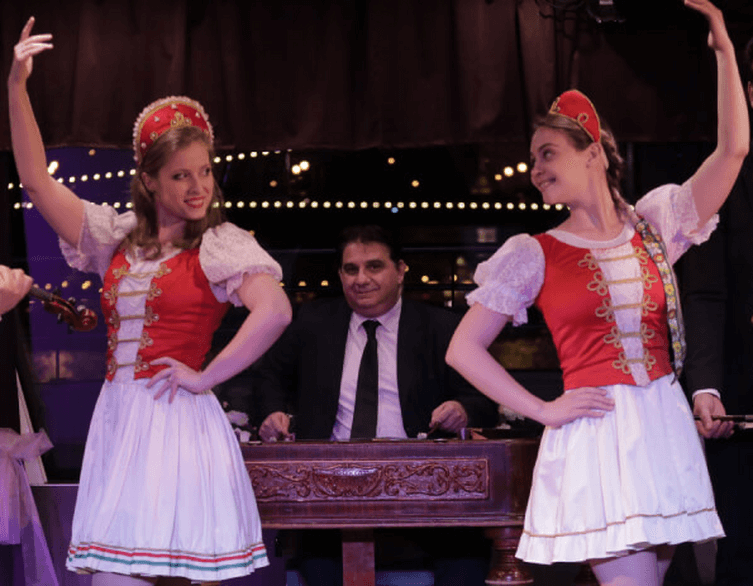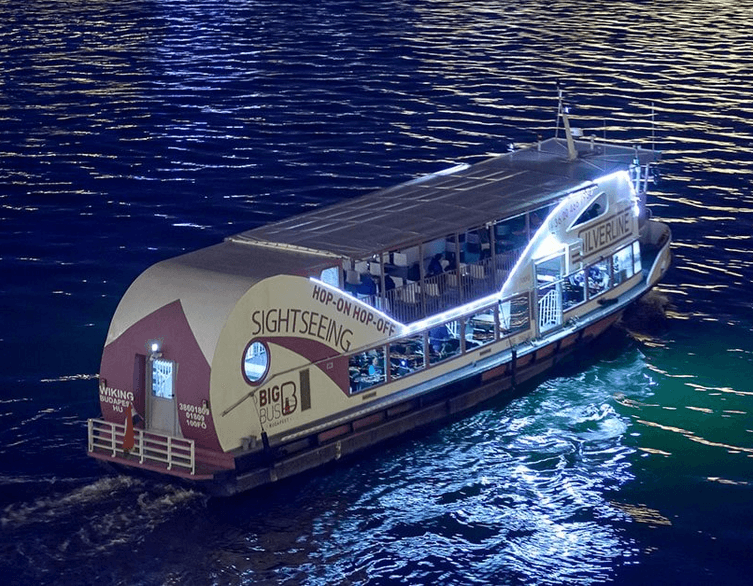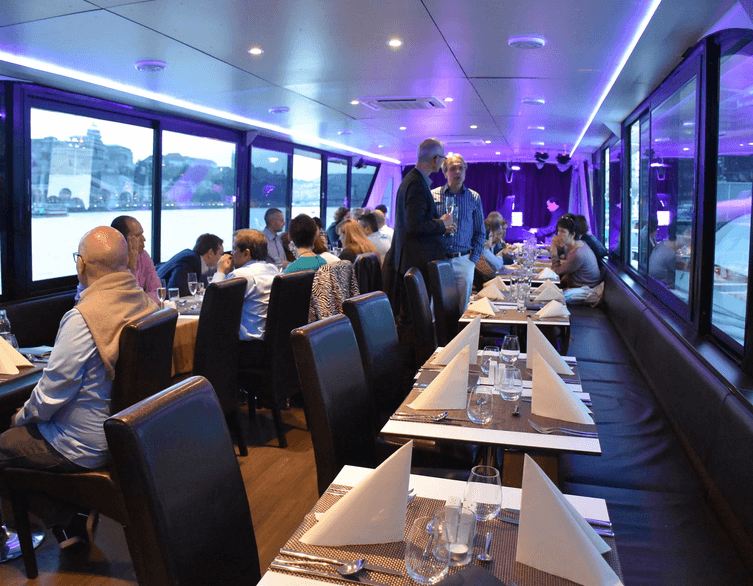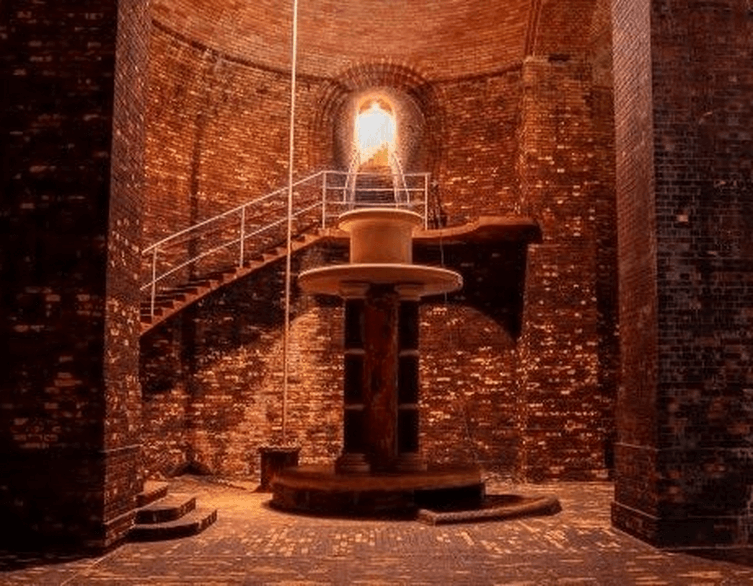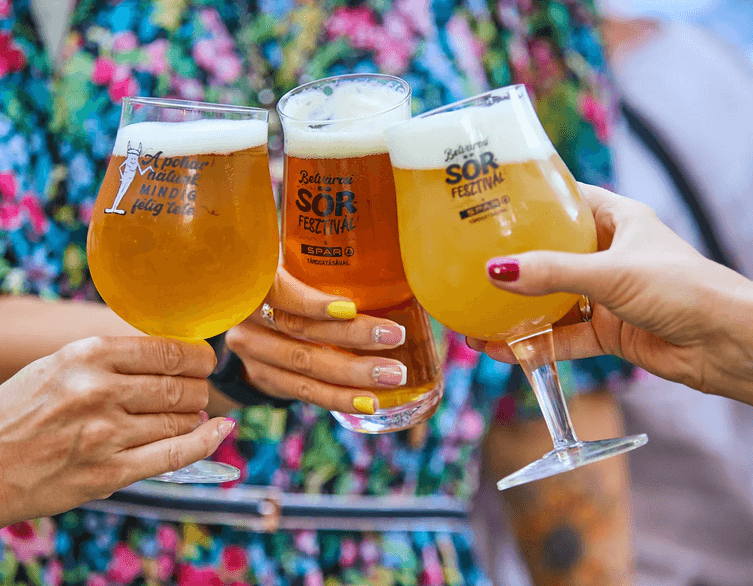The Rich History of Beer Brewing in Budapest: From Dreher’s Legacy to the Haggenmacher Revival
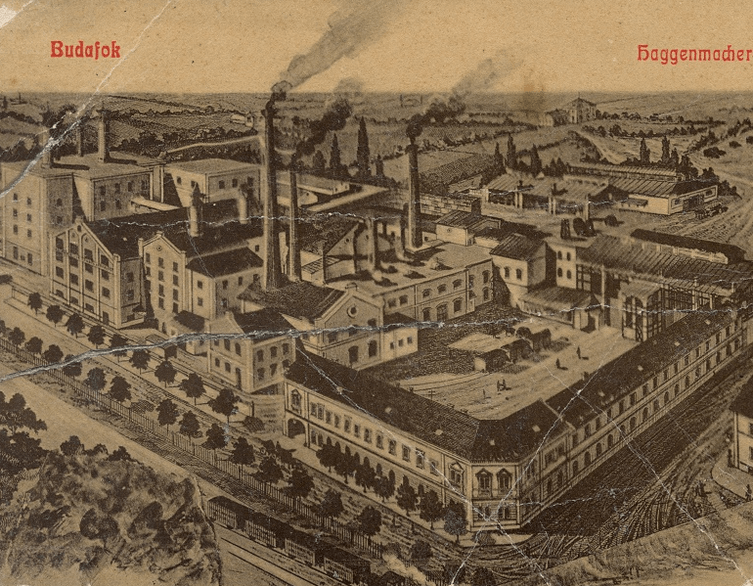
Budapest’s brewing heritage runs as deep as the thermal springs that feed its famous baths. For over 150 years, the Hungarian capital has been home to some of Europe’s most innovative and successful breweries, creating a beer culture that continues to evolve today. From the industrial giants of the 19th century to the craft beer renaissance of the 21st, Budapest’s brewing story is one of tradition, innovation, and resilience.
The Golden Age: When Budapest Became a Brewing Capital
The Dreher Dynasty: Pioneers of Industrial Brewing
The story of Budapest’s brewing excellence begins with Anton Dreher, the Austrian brewing pioneer who revolutionized beer production across the Habsburg Empire. In the mid-19th century, Dreher established what would become one of Europe’s largest brewing operations, first in Schwechat, Austria, then expanding to Budapest’s Kőbánya district.
Dreher’s innovation went far beyond just making beer – he introduced steam-powered machinery, railway distribution networks, and steamship transport, creating the first truly industrial-scale brewery in the region. His Dreher Brewery in Kőbánya became the template for modern beer production, setting standards that influenced brewing across Central Europe.
The Rise of Competition: Első Magyar Részvényserfőzde
But Dreher wasn’t alone in shaping Budapest’s beer landscape. The First Hungarian Stock Brewery Company (Első Magyar Részvényserfőzde) emerged as a formidable competitor in the 1860s. Built alongside Dreher’s Kőbánya facility, this brewery represented Hungarian entrepreneurial spirit in an industry dominated by Austrian and German expertise.
The company’s leadership included notable figures like Miksa Brüll, Fülöp Basch, and Mór Wahrmann, who guided the brewery through decades of expansion. By the 1890s, the company was producing over 314,000 hectoliters annually and had established warehouses and distribution centers across Hungary, including locations in Miskolc, Debrecen, and even as far as Petrozsény (now in Romania).
The Haggenmacher Legacy: Swiss Innovation in Budafok
From Miller to Brewing Magnate
While Kőbánya was establishing itself as Budapest’s brewing center, another remarkable story was unfolding in Budafok (then called Promontor). In 1866, Henrik Haggenmacher, a Swiss immigrant who had already made his fortune in Budapest’s milling industry, purchased the small Frohner family brewery on the banks of the Danube.
This acquisition would prove transformational. Within a decade, the Haggenmacher Brewery had grown to become Hungary’s second-largest beer producer, trailing only Dreher. The company’s success was built on quality, innovation, and strategic location – the Danube provided excellent transportation links, while the area’s limestone caves offered perfect natural refrigeration.
Engineering Excellence and Expansion
The Haggenmacher brewery’s rapid growth was supported by impressive infrastructure development. The facility eventually covered 50,000 square meters, with cellars extending over 4 kilometers underground. At its peak, the brewery employed 500 workers and produced 230,000 hectoliters of beer annually.
The brewery’s expansion was guided by skilled architects, including the Prague-born Böldner and his Hungarian colleague Frigyes Kovács. Their designs created not just functional brewing facilities but architectural landmarks that still stand today as part of the art quarter budapest (AQB).
Innovation and Technology: Budapest’s Brewing Advances
Technological Breakthroughs
Budapest’s breweries were at the forefront of brewing technology throughout the late 19th and early 20th centuries. The Linde refrigeration system, introduced in 1901 at the Első Magyar Részvényserfőzde, revolutionized beer production by eliminating dependence on natural ice from the Danube.
The breweries also pioneered bottling technology, automated barrel washing systems, and even experimented with ceramic courtyard surfaces – a Hungarian innovation that improved hygiene and efficiency in brewery operations.
Quality Control and Distribution
By the 1910s, Budapest’s major breweries had established sophisticated distribution networks reaching across the Austro-Hungarian Empire. The Első Magyar Részvényserfőzde alone operated warehouses in multiple cities and had developed export relationships stretching from Germany to the Balkans.
The Interwar Crisis and Consolidation
Trianon’s Impact on Brewing
The Treaty of Trianon (1920) devastated Budapest’s brewing industry. Overnight, breweries lost two-thirds of their market as Hungary’s territory was dramatically reduced. The Haggenmacher brewery, which had supplied much of the former Austro-Hungarian Empire, suddenly found itself with massive overcapacity.
The crisis forced unprecedented consolidation. In 1923, the major Budapest breweries formed an Interessengemeinschaft (community of interests), essentially a cartel designed to optimize production and share resources. This cooperation led to the creation of the Dreher-Haggenmacher consortium in 1933.
Diversification and Survival
Faced with shrinking beer markets, Budapest’s breweries diversified aggressively. The Első Magyar Részvényserfőzde expanded into:
- Textiles (founding Liebieg Budapest Textile Works)
- Food processing (Maul Cocoa and Chocolate Factory)
- Hotels (acquiring the Hungaria Grand Hotel, including the famous Ritz)
- Spirits production (Dreher brandy and rum)
They even exported malt globally, finding markets in Germany, Italy, the Netherlands, and Switzerland when beer exports became impossible.
The Communist Era: Nationalization and Decline
The End of Private Brewing
The post-World War II communist government systematically dismantled Budapest’s private brewing industry. The 1948 nationalization law targeted all factories employing more than 100 workers, though the Haggenmacher brewery wasn’t nationalized until 1951.
With nationalization came the loss of brand names, recipes, and brewing expertise. The Dreher name disappeared entirely as the original owners fled to the West, taking their formulations with them. Budapest’s brewing industry entered four decades of state control and declining quality.
Industrial Production Under State Control
During the communist era, Budapest’s former brewery sites were converted to generic state-owned facilities. The focus shifted from quality and innovation to meeting production quotas. Traditional brewing methods were abandoned in favor of mass production techniques that prioritized quantity over character.
Best deals of Budapest
The Modern Renaissance: Craft Beer and Heritage Revival
Post-1989 Recovery
Hungary’s transition to democracy in 1989 opened new possibilities for brewing revival. In 1988, the Kőbányai Brewery had already begun negotiations with the original Dreher rights holders, and by 1992, Dreher beer returned to Budapest after a 44-year absence.
The 1990s saw massive international investment as South African Breweries (SAB) acquired the Dreher operations in 1993, later becoming part of SABMiller and eventually the Japanese Asahi Group in 2017.
The Craft Beer Revolution
The real excitement in Budapest’s modern brewing scene comes from the craft beer movement that began in earnest around 2011. Kolos Kósa, founder of the Főzdefeszt (Brew Festival), is credited with launching Hungary’s craft beer revolution.
This movement has created a new generation of Budapest brewers who combine international techniques with local ingredients and historical inspiration. Small breweries like Mad Scientist, MONYO Brewing, and Brew Your Mind have put Budapest back on the international beer map.
The Haggenmacher Phoenix: History Reborn
The most remarkable chapter in Budapest’s brewing renaissance is unfolding right now in Budafok. Wolfgang Bartesch, the Bavarian entrepreneur who purchased the original Haggenmacher brewery buildings in 2004, has spent two decades transforming the site into the art quarter budapest.
Now, partnering with craft beer pioneer Kolos Kósa and other Hungarian entrepreneurs, Bartesch is bringing the Haggenmacher name back to life. The new brewery, set to launch with a grand Oktoberfest celebration from September 26-28, 2025, represents more than just another craft brewery – it’s a bridge between Budapest’s glorious brewing past and its innovative future.
Budapest’s Brewing Districts: A Geographic Journey
Kőbánya: The Industrial Heart
Kőbánya remains Budapest’s primary brewing district, home to the massive Dreher facility that continues operations today. The area’s limestone quarries provided both the stone to build Budapest and the perfect cool storage for aging beer.
Budafok: From Caves to Culture
Budafok’s transformation from industrial brewing center to cultural hub represents urban renewal at its best. The original Haggenmacher buildings now house artists’ studios, galleries, and soon, a new generation brewery that honors the site’s heritage.
Óbuda and Pest: Small Breweries, Big Impact
Modern Budapest’s craft brewing scene isn’t confined to traditional brewing districts. Small breweries and brewpubs across the city – from Óbuda Island to the Jewish Quarter – are creating neighborhood brewing cultures that connect communities through quality beer.
The Economics of Beer: Budapest’s Brewing Business
Historical Economic Impact
At their peak in the early 1900s, Budapest’s major breweries were among Hungary’s largest employers and taxpayers. The Haggenmacher brewery alone employed 500 people directly, with thousands more dependent on related industries.
The brewing industry also drove infrastructure development – railways, warehouses, distribution networks, and even hotels were built to support beer production and sales.
Modern Brewing Economics
Today’s craft brewing scene operates on a different scale but with similar community impact. Small breweries create high-quality jobs for brewers, distributors, and hospitality workers while attracting tourists and supporting local agriculture through ingredient sourcing.
The upcoming Haggenmacher revival represents significant investment in both cultural preservation and economic development, combining brewing operations with art, tourism, and event hosting.
Looking Forward: Budapest’s Brewing Future
Sustainability and Innovation
Modern Budapest brewers are embracing sustainability practices that would have amazed their 19th-century predecessors. Solar power, water recycling, spent grain utilization for food production, and local ingredient sourcing are becoming standard practices.
Cultural Integration
The integration of brewing with arts and culture, exemplified by the Haggenmacher-art quarter budapest collaboration, suggests new models for urban brewing that go beyond simple production to create community gathering spaces.
Tourism and Heritage
Budapest’s brewing history is increasingly recognized as a tourist attraction. Brewery tours, beer museums, and events like the upcoming Haggenmacher Oktoberfest position beer as part of the city’s cultural offering alongside its famous thermal baths and historic architecture.
Conclusion: A Toast to Continuity and Change
Budapest’s brewing story spans 160+ years, from Anton Dreher’s industrial innovations to today’s craft beer renaissance. Through empire, war, communism, and democracy, the city has maintained its connection to beer culture, adapting and evolving while preserving essential traditions.
The September 26-28, 2025 Haggenmacher Oktoberfest represents more than just another brewery opening – it’s a celebration of resilience, community, and the enduring human desire to create something both beautiful and delicious. As Budapest continues to establish itself as a global destination, its beer culture – both historic and contemporary – offers visitors an authentic taste of the city’s character.
Whether you’re exploring the limestone caves beneath Budafok, touring the modern Dreher facility in Kőbánya, or discovering a hidden craft brewery in the city center, Budapest’s beer story continues to unfold, one perfectly crafted pint at a time.
Ready to experience Budapest’s brewing heritage firsthand? The Haggenmacher revival awaits, bringing together 150 years of history with the innovation and creativity that defines modern Budapest.
Related news
Related events










